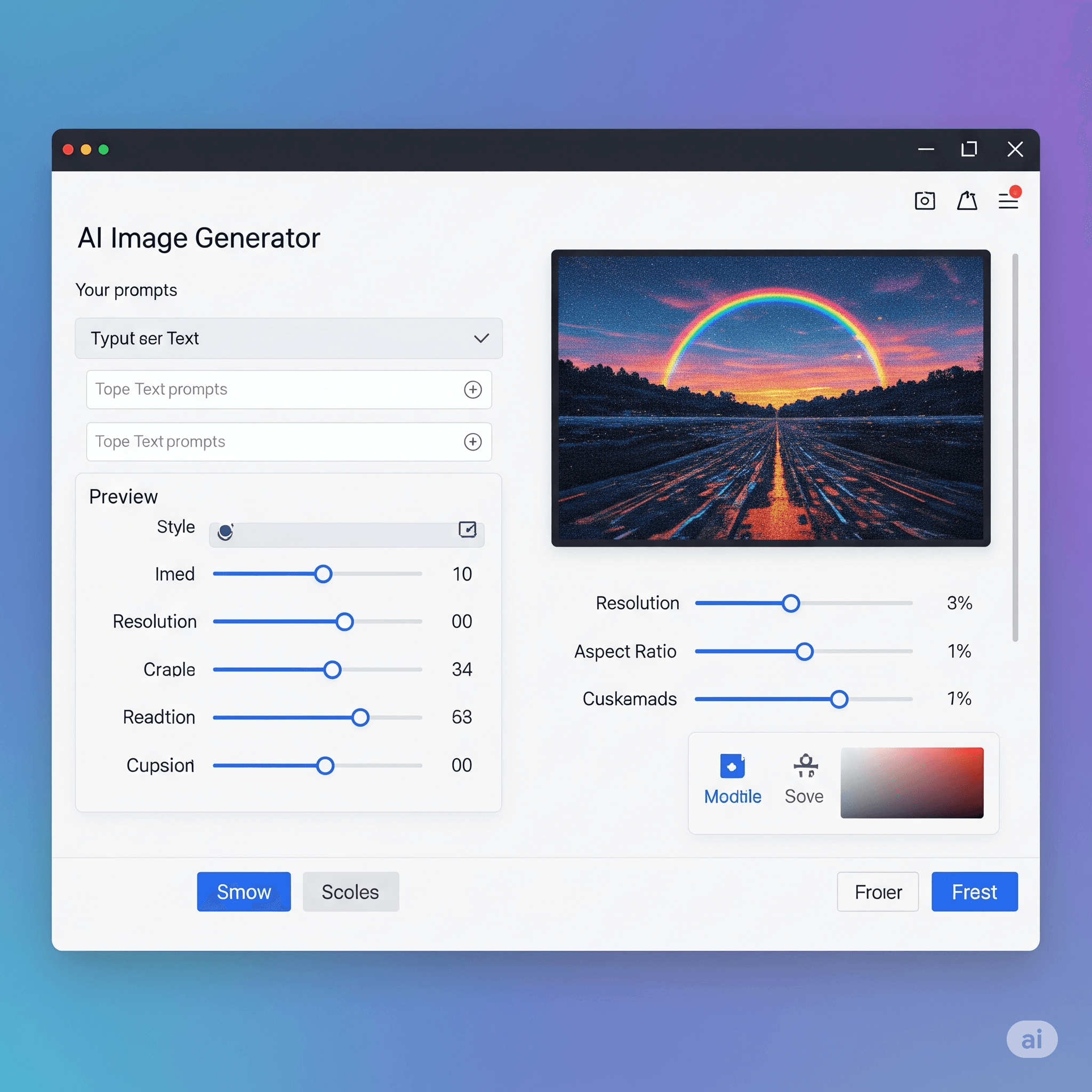Question: ________ treats the two signs of congestion detections, timeout and three duplicate ACKs, in the same way.
Answer:
- Tahoe TCP is an early version of the TCP protocol that was developed in the 1980s. It was one of the first TCP implementations to include congestion control mechanisms, which are now a critical part of TCP and are used to ensure that the network is not overloaded with traffic.
- Tahoe TCP's congestion control algorithm uses a combination of slow start and congestion avoidance. When a connection is first established, Tahoe TCP uses slow start to gradually increase the amount of data that it sends, in order to probe the network and determine its capacity. Once the congestion window reaches a certain threshold, Tahoe TCP switches to congestion avoidance mode and increases the window size more slowly, in order to maintain a stable flow of traffic and avoid congestion.
- In Tahoe TCP, if a timeout occurs or three duplicate ACKs are received, the sender assumes that a packet has been lost and immediately reduces the congestion window size to the initial value, then restarts the congestion control algorithm with slow start. This aggressive response to congestion events can cause the network to become overloaded, leading to high packet loss and delays.
- Later versions of TCP, such as Reno and New Reno TCP, improved on Tahoe TCP by introducing more advanced congestion control mechanisms, including fast retransmit and fast recovery. These mechanisms allow TCP to respond more quickly and effectively to congestion events, leading to improved network performance and reliability.
MCQ: ________ treats the two signs of congestion detections, timeout and three duplicate ACKs, in the same way.
Correct Answer:
A. Taho TCP
Explanation:
- Tahoe TCP is an early version of the TCP protocol that was developed in the 1980s. It was one of the first TCP implementations to include congestion control mechanisms, which are now a critical part of TCP and are used to ensure that the network is not overloaded with traffic.
- Tahoe TCP's congestion control algorithm uses a combination of slow start and congestion avoidance. When a connection is first established, Tahoe TCP uses slow start to gradually increase the amount of data that it sends, in order to probe the network and determine its capacity. Once the congestion window reaches a certain threshold, Tahoe TCP switches to congestion avoidance mode and increases the window size more slowly, in order to maintain a stable flow of traffic and avoid congestion.
- In Tahoe TCP, if a timeout occurs or three duplicate ACKs are received, the sender assumes that a packet has been lost and immediately reduces the congestion window size to the initial value, then restarts the congestion control algorithm with slow start. This aggressive response to congestion events can cause the network to become overloaded, leading to high packet loss and delays.
- Later versions of TCP, such as Reno and New Reno TCP, improved on Tahoe TCP by introducing more advanced congestion control mechanisms, including fast retransmit and fast recovery. These mechanisms allow TCP to respond more quickly and effectively to congestion events, leading to improved network performance and reliability.
Discuss a Question
Related Questions
- 1. In ______ TCP, when the connection is established, TCP starts the slow start algorithms and sets the <em>ssthresh</em> variable to a pre-agreed value (normally 64 or 128 kilobytes) and the <em>cwnd</em> variable to 1 MSS.
- 2. The ___________ added a new state to the congestion control FSM, called the fast recovery state.
- 3. The ___________ treated the two signals of congestion, timeout and arrival of three duplicate ACKs, differently.
- 4. The __________ state in Reno TCP is a state somehow between the slow start and the congestion avoidance states.
- 5. In the Reno TCP, when TCP enters the fast recovery, if duplicate ACKs continue to come, TCP ____________________________________.
- 6. In the Reno TCP, when TCP enters the fast recovery, if a timeout occurs, TCP ____________________________________.
- 7. In the Reno TCP, when TCP enters the fast recovery, if a new (non duplicate) ACK arrives TCP ____________________________________.
- 8. A later version of TCP, called ______ TCP, made an extra optimization on the _______ TCP.
- 9. In the slow start algorithm, the size of the congestion window grows ______________ until ___________________.
- 10. In the congestion avoidance algorithm, the size of the congestion window grows ______________ congestion is detected.
You may be interested in:
Computer Networking MCQs






